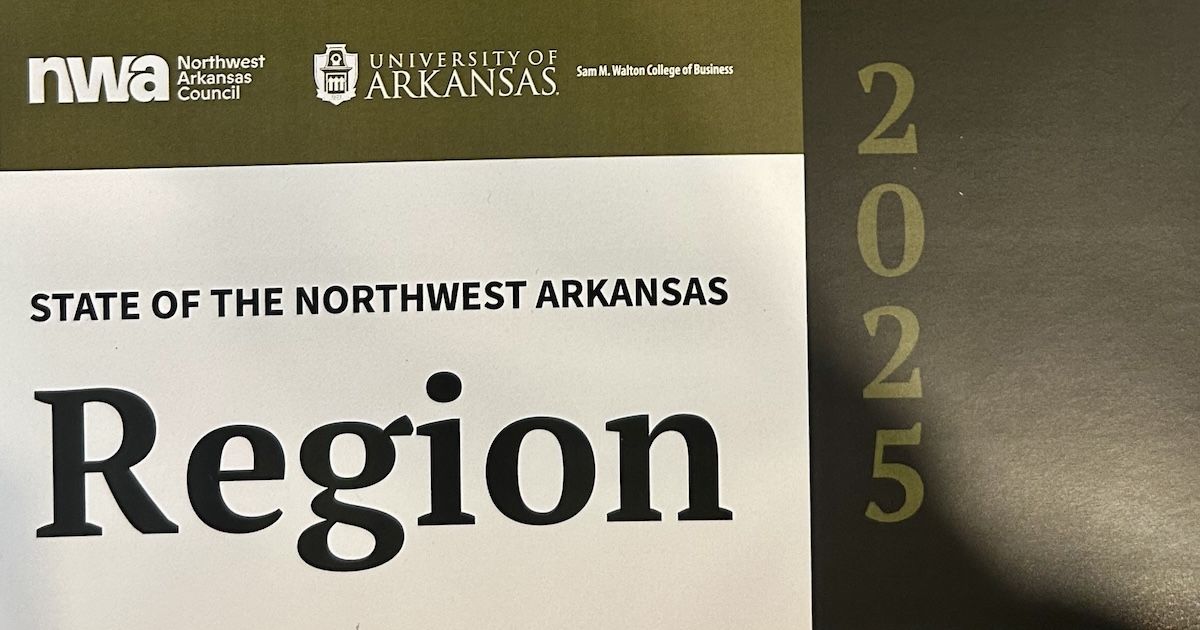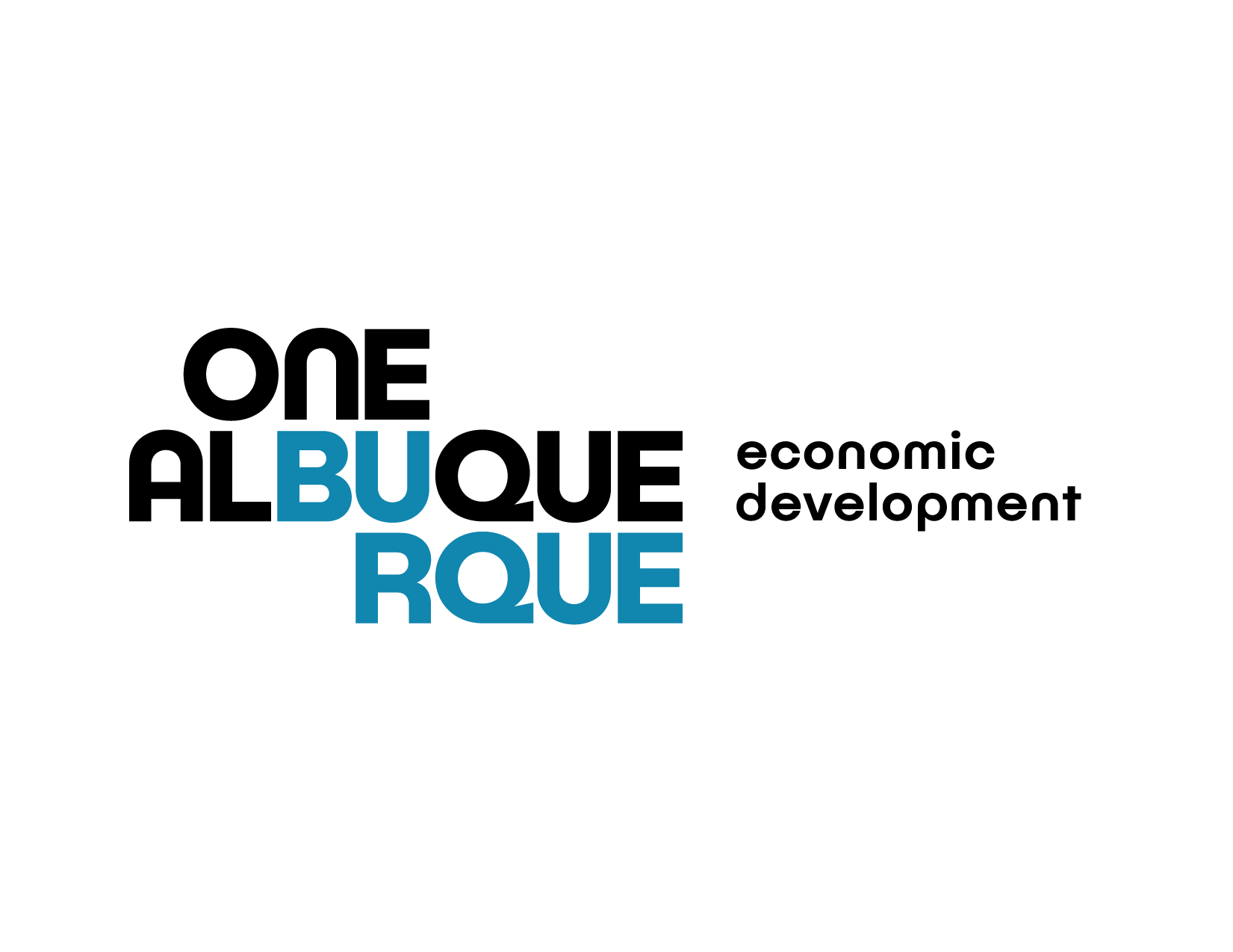Report on Labor Organizing at the University of Pennsylvania and Alignment with Sustainable Development Goals
Introduction: Coalition of Workers Advocates for Decent Work (SDG 8)
A meeting was convened by the Coalition of Workers at Penn to assess the progress of unionized employees and strategize future organizing efforts. Established in 2023, the coalition, comprising University workers and local labor representatives, urged the University administration to respect workers’ rights to organize. This action directly supports Sustainable Development Goal 8, particularly Target 8.8, which calls for the protection of labor rights and the promotion of safe and secure working environments for all workers. The primary focus of the October 15 event was to coordinate support for the collective bargaining process of the graduate student union, Graduate Employees Together — University of Pennsylvania (GET-UP).
Promoting Collective Bargaining and Solidarity (SDG 8, SDG 16)
The event highlighted the importance of solidarity among various campus unions as a critical strategy for achieving fair labor practices, a cornerstone of SDG 8 (Decent Work and Economic Growth) and SDG 16 (Peace, Justice and Strong Institutions). Representatives from the Philadelphia Council AFL-CIO, which represents over 100 local unions, were present to reinforce this strategy. Key points included:
- Mutual Support: AFL-CIO organizer Evan Kassof emphasized the need for unions to understand each other’s struggles and discover ways to provide active support.
- Overcoming Isolation: The meeting aimed to counteract the “siloing” of workers at the University, fostering a community of practice among employees with similar concerns.
- Responsive Action: The gathering was organized in direct response to a demonstration by GET-UP, illustrating a coordinated effort to support unions during critical escalations with the administration. This collaborative approach strengthens institutions from within, aligning with SDG 16’s call for inclusive and participatory decision-making.
Addressing Pay Disparities and Promoting Equality (SDG 10, SDG 8)
A significant initiative discussed was the promotion of a pay transparency survey, a tool designed to address economic inequalities within the institution. This effort directly aligns with SDG 10 (Reduced Inequalities) and SDG 8, Target 8.5 (equal pay for work of equal value). The survey’s description states, “Penn does not practice pay transparency in its job postings or raises, but we can change that by sharing our own info here, anonymously.” The survey seeks to collect the following anonymous data to build a case for equitable pay structures:
- Job title
- Length of employment at the University
- Current salary
Challenges to Achieving Fair Labor Practices
The report from the meeting identified significant institutional resistance to union activities, which poses a barrier to achieving the objectives of SDG 8. The University was described as an “anti-union employer,” with specific actions cited as evidence of this orientation:
- Legal challenges brought against new organizing campaigns.
- Efforts to deliberately prolong the bargaining process.
- Continued resistance to settling new, fair contracts in a timely manner.
The necessity for unions like GET-UP and the Penn Museum Workers United to escalate their actions to informational pickets was presented as indicative of these institutional barriers to fair negotiation and decent work.
Broader Unionization Efforts and Demands for Decent Work
The meeting also provided an update on the status of several other unionizing bodies on campus, each contributing to the broader movement for decent work. These efforts reflect a widespread demand for improved working conditions and fair compensation.
- Penn Museum Workers United (AFSCME Local 397): Staged an informational picket in July 2025 to protest low wages and unanimously authorized a strike to press for major contract improvements.
- Research Associates and Postdocs United at Penn (RAPUP): Unionized in July 2025 and is formulating initial bargaining demands that align with multiple SDGs. These demands include:
- Competitive salaries, supporting SDG 8.
- Support for international workers, addressing SDG 10.
- Protections against workplace discrimination and harassment, contributing to SDG 5 (Gender Equality) and SDG 16 (Justice).
- Penn Libraries United: Having successfully unionized in October 2024, this group is currently in the process of negotiating its first contract with the University.
Conclusion: The Imperative for Institutional Responsibility
The collective actions and shared frustrations reported at the meeting underscore a critical juncture for labor relations at the University. The sentiment that “workers are fed up” signals an urgent need for the administration to engage constructively with its employees. Fostering a climate of respect for labor rights and engaging in good-faith bargaining is essential for the University to fulfill its responsibilities as a provider of decent work (SDG 8) and a just and strong institution (SDG 16).
Analysis of Sustainable Development Goals in the Article
-
SDGs Addressed or Connected
The article highlights issues that are directly connected to several Sustainable Development Goals (SDGs). The primary focus on workers’ rights, unionization, fair wages, and workplace conditions links the article to the following SDGs:
- SDG 8: Decent Work and Economic Growth: This is the most prominent SDG in the article. The entire narrative revolves around the efforts of Penn workers to secure better working conditions, fair contracts, and the right to organize. This includes the actions of GET-UP, Penn Museum Workers United, and RAPUP demanding fair wages and contracts, which are central tenets of decent work.
- SDG 10: Reduced Inequalities: The article explicitly mentions the Coalition of Workers at Penn’s “pay transparency survey,” which “seeks to reduce pay disparities across the University.” This effort directly targets inequality within an institution.
- SDG 5: Gender Equality: While not the main focus, this goal is relevant through the demand for “protections against workplace discrimination and harassment” by the Research Associates and Postdocs United at Penn (RAPUP). Workplace discrimination and harassment disproportionately affect women and are key barriers to gender equality.
- SDG 16: Peace, Justice and Strong Institutions: The formation of unions and coalitions like the “Coalition of Workers at Penn” represents an effort to build inclusive and representative institutions for employees. The struggle against what is described as an “anti-union employer” is a pursuit of justice and the right to collective bargaining, which strengthens institutional processes for workers.
-
Specific Targets Identified
Based on the article’s content, several specific targets under the identified SDGs can be pinpointed:
SDG 8: Decent Work and Economic Growth
- Target 8.5: “By 2030, achieve full and productive employment and decent work for all women and men… and equal pay for work of equal value.” The demands for “fair contracts,” “competitive salaries,” and protesting “low wages” by various unions like GET-UP and Penn Museum Workers United are direct efforts to achieve decent work and fair pay. The pay transparency survey’s goal to reduce pay disparities aligns with achieving “equal pay for work of equal value.”
- Target 8.8: “Protect labour rights and promote safe and secure working environments for all workers…” The article is fundamentally about this target. The establishment of the “Coalition of Workers at Penn,” the unionization of graduate students, museum workers, postdoctoral researchers, and library staff, and their collective bargaining efforts are actions to protect labor rights. The University being described as an “anti-union employer” that drags out bargaining highlights the struggle to protect these rights. RAPUP’s demand for “protections against workplace discrimination and harassment” also contributes to a safe and secure working environment.
SDG 10: Reduced Inequalities
- Target 10.4: “Adopt policies, especially fiscal, wage and social protection policies, and progressively achieve greater equality.” The workers’ collective actions, particularly the “pay transparency survey,” are grassroots efforts aimed at influencing the University’s wage policies to achieve greater pay equality among its employees.
SDG 5: Gender Equality
- Target 5.1: “End all forms of discrimination against all women and girls everywhere.” RAPUP’s bargaining demand for “protections against workplace discrimination and harassment” is a direct measure to combat discrimination within the workplace, which is a critical component of this target.
SDG 16: Peace, Justice and Strong Institutions
- Target 16.7: “Ensure responsive, inclusive, participatory and representative decision-making at all levels.” The formation and actions of unions like GET-UP, RAPUP, and Penn Libraries United are mechanisms for creating participatory and representative decision-making structures for employees. Through these unions, workers can negotiate with the administration, ensuring their voices are included in decisions about their contracts, wages, and working conditions.
-
Indicators Mentioned or Implied
The article implies several ways to measure progress towards the identified targets, even if it does not cite official SDG indicators:
For SDG 8 Targets
- Pay Disparities Data: The “pay transparency survey” is a direct tool for creating an indicator. It collects data on “job title, how long they have been working at Penn, and their current salary.” Analyzing this data would provide a clear measure of pay disparities within the university, serving as a proxy indicator for progress towards equal pay for work of equal value (Target 8.5).
- Union Membership and Contract Status: The number of unionized groups (GET-UP, Penn Museum Workers United, RAPUP, Penn Libraries United) and the status of their contract negotiations are implied indicators of the protection of labor rights (Target 8.8). The article notes that GET-UP is preparing for a potential strike and Penn Libraries United is “in the process of negotiating its first contract,” which are measurable milestones.
For SDG 10 and 5 Targets
- Prevalence of Anti-Discrimination Policies: An indicator for progress on Targets 10.4 and 5.1 would be the successful inclusion of clauses providing “protections against workplace discrimination and harassment” in the new union contracts. The existence and enforcement of such policies are measurable outcomes.
For SDG 16 Target
- Level of Worker Representation: The number of employees who have successfully unionized and are represented in collective bargaining is a direct indicator of progress towards more “inclusive, participatory and representative decision-making” (Target 16.7). The article tracks the formation of several new unions, implying growth in this area.
-
Table of SDGs, Targets, and Indicators
SDGs Targets Indicators (Identified or Implied in the Article) SDG 8: Decent Work and Economic Growth 8.5: Achieve decent work and equal pay for work of equal value. 8.8: Protect labour rights and promote safe and secure working environments.
– Data from the “pay transparency survey” measuring salary disparities.
– Successful negotiation of “fair contracts” with “competitive salaries.”– Number of unionized employee groups.
– Number of informational pickets or strikes held.
– Inclusion of protections against harassment in contracts.SDG 10: Reduced Inequalities 10.4: Adopt policies, especially wage policies, and progressively achieve greater equality. – Reduction in pay disparities as measured by the pay transparency survey.
– Changes in university wage policies resulting from union negotiations.SDG 5: Gender Equality 5.1: End all forms of discrimination against all women and girls everywhere. – The formal inclusion of “protections against workplace discrimination and harassment” in union contracts. SDG 16: Peace, Justice and Strong Institutions 16.7: Ensure responsive, inclusive, participatory and representative decision-making. – The number of employees represented by a union.
– The existence and activity of the “Coalition of Workers at Penn” as a representative body.
Source: thedp.com







